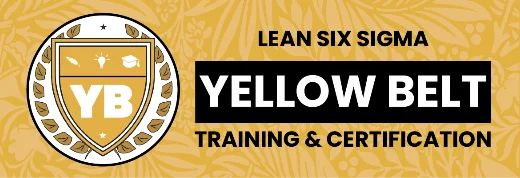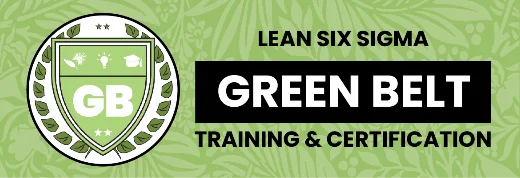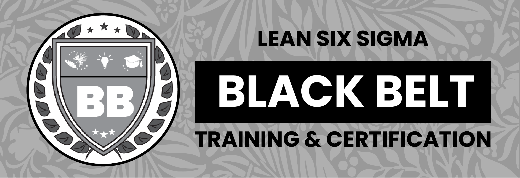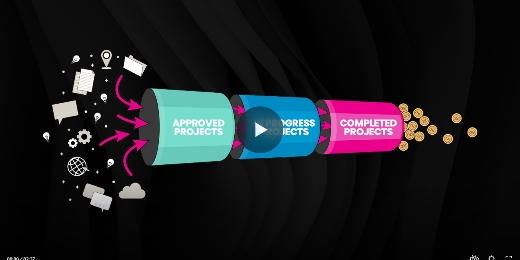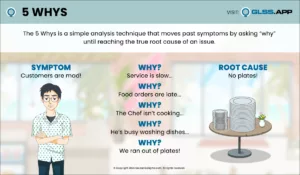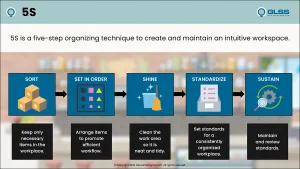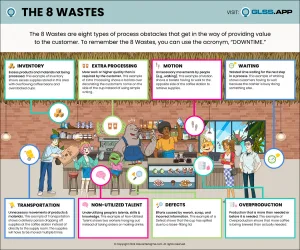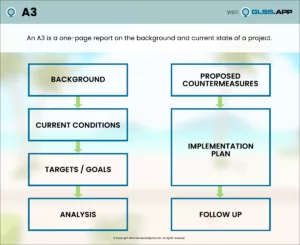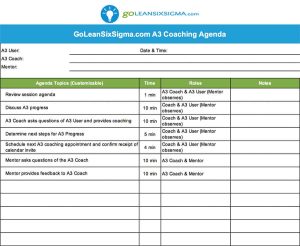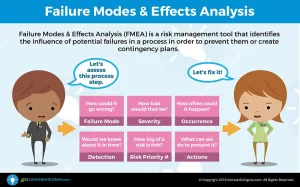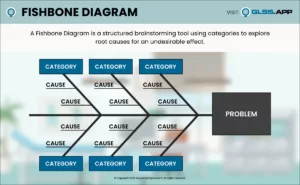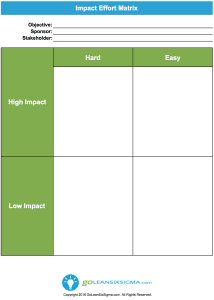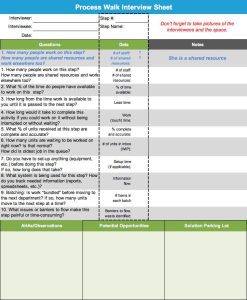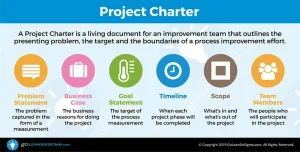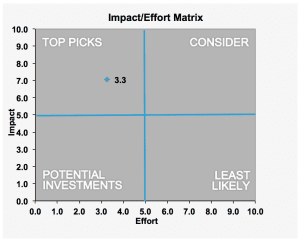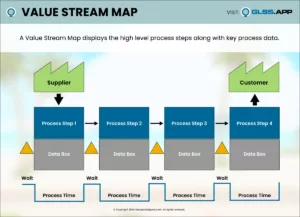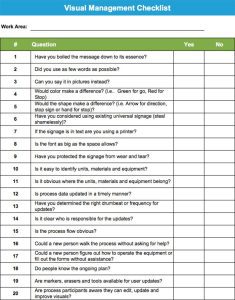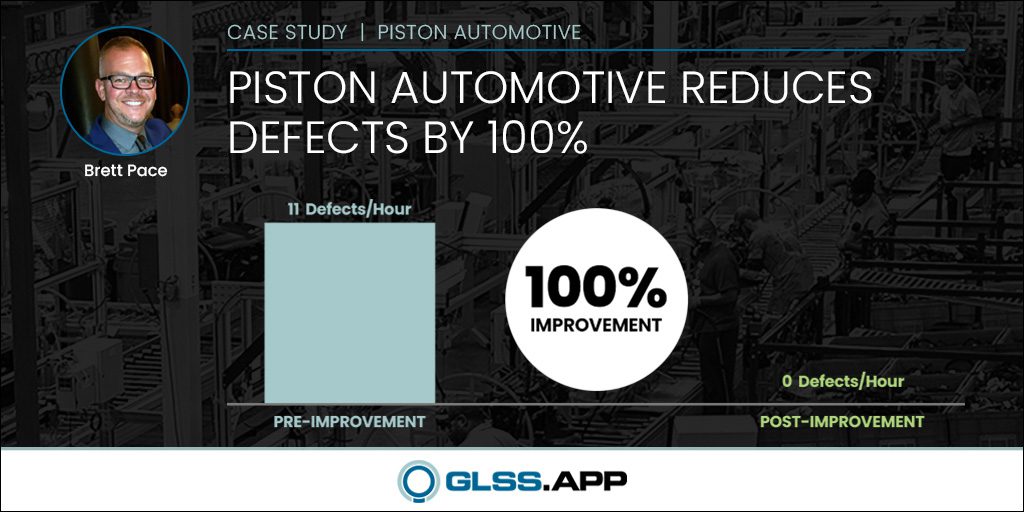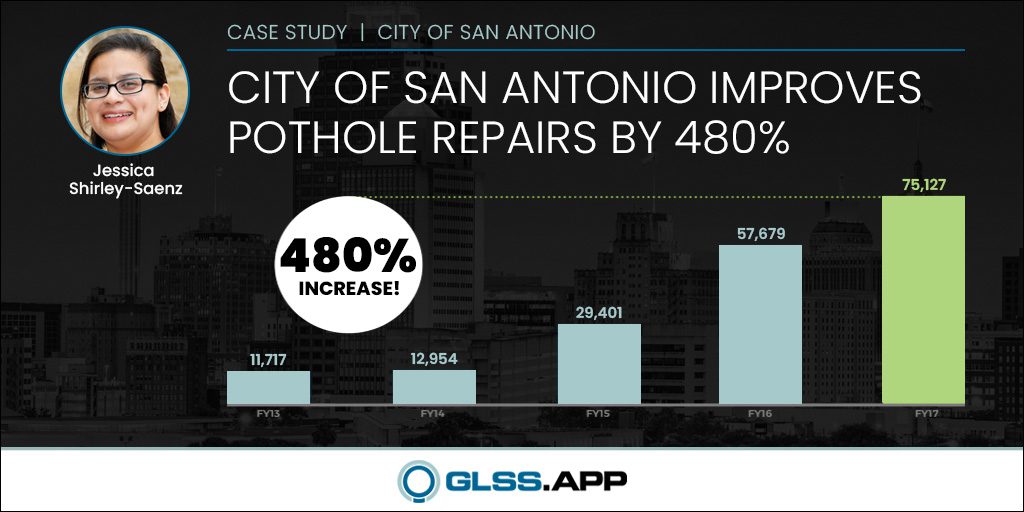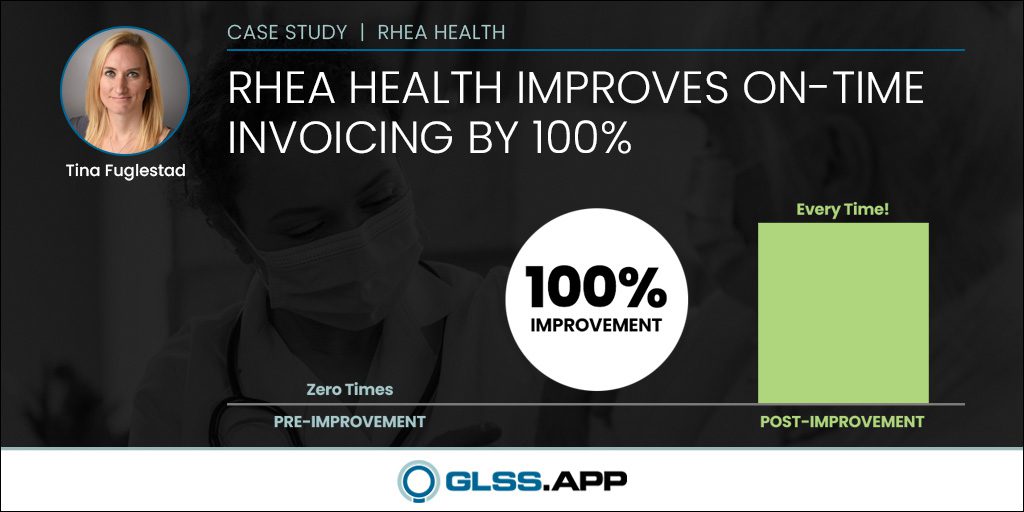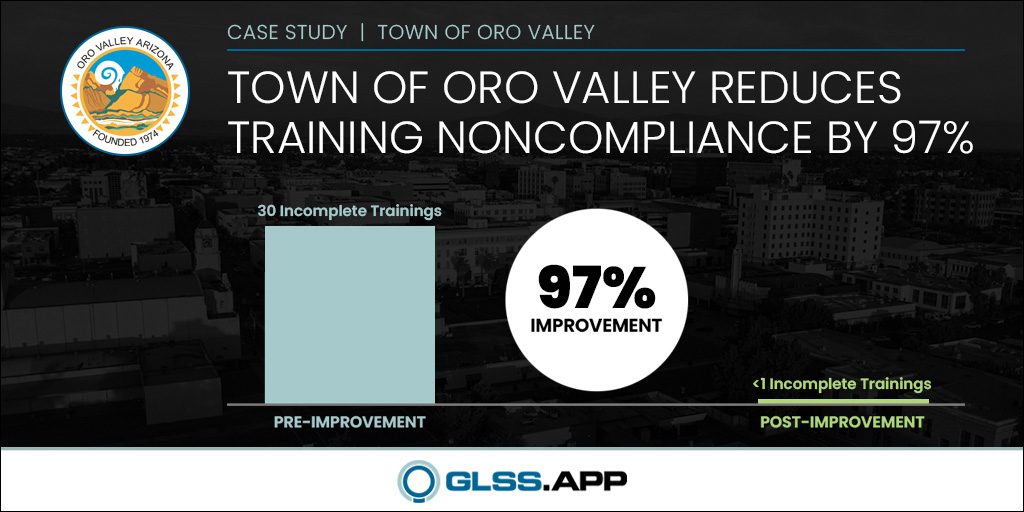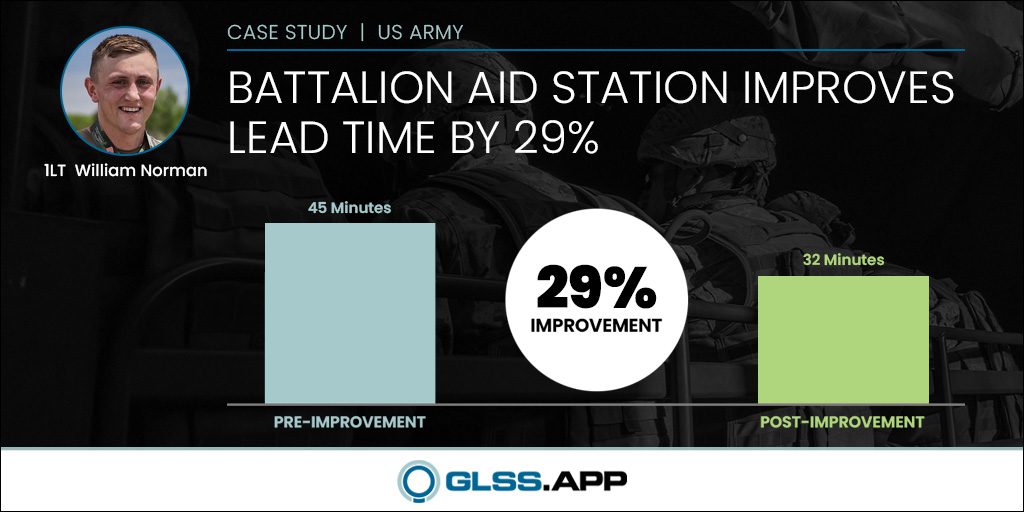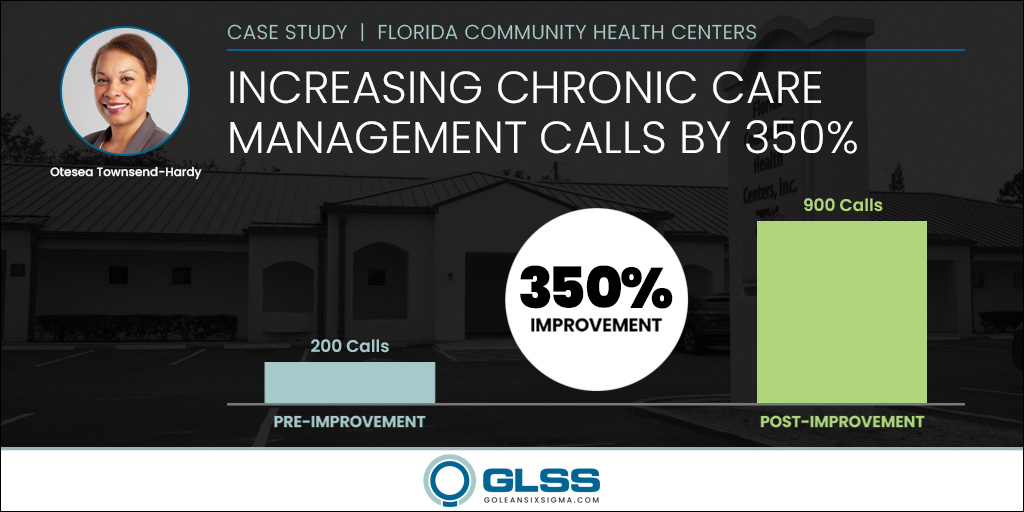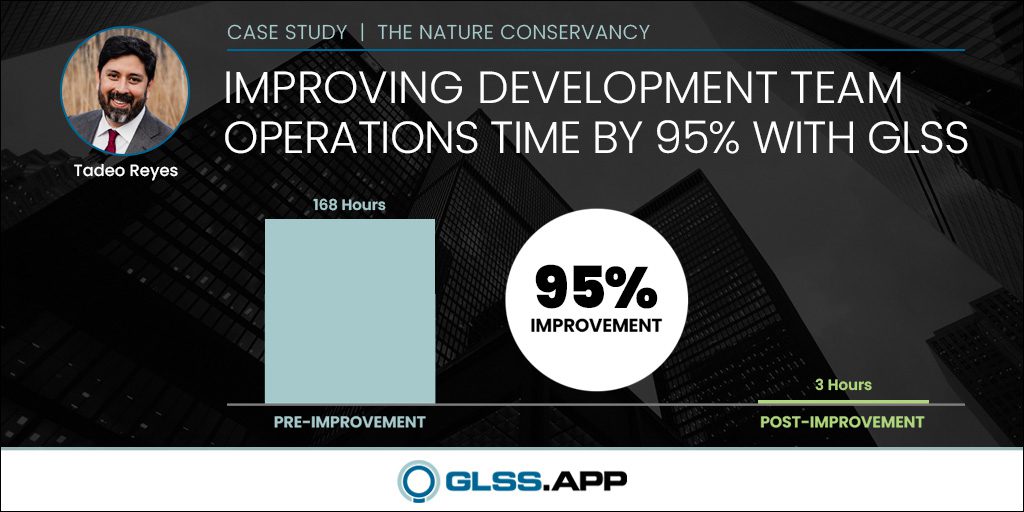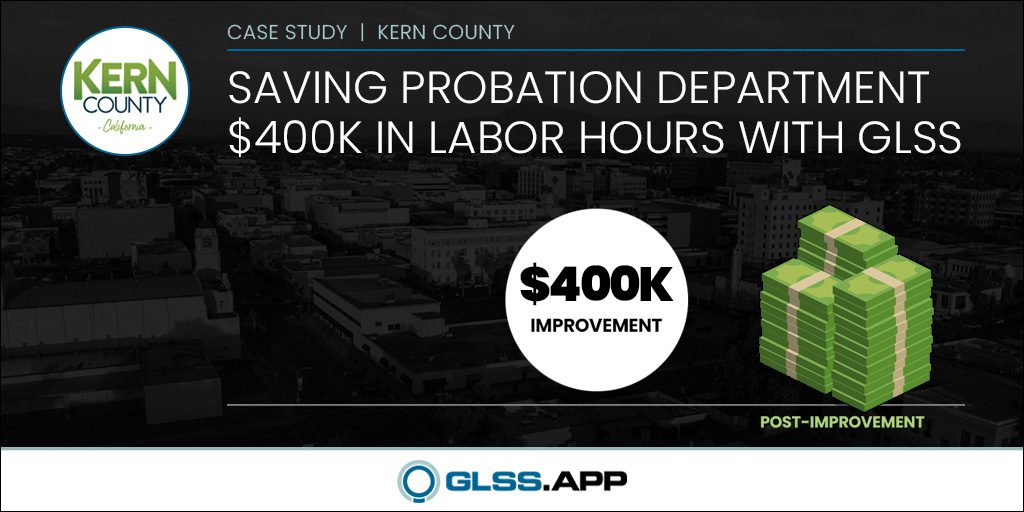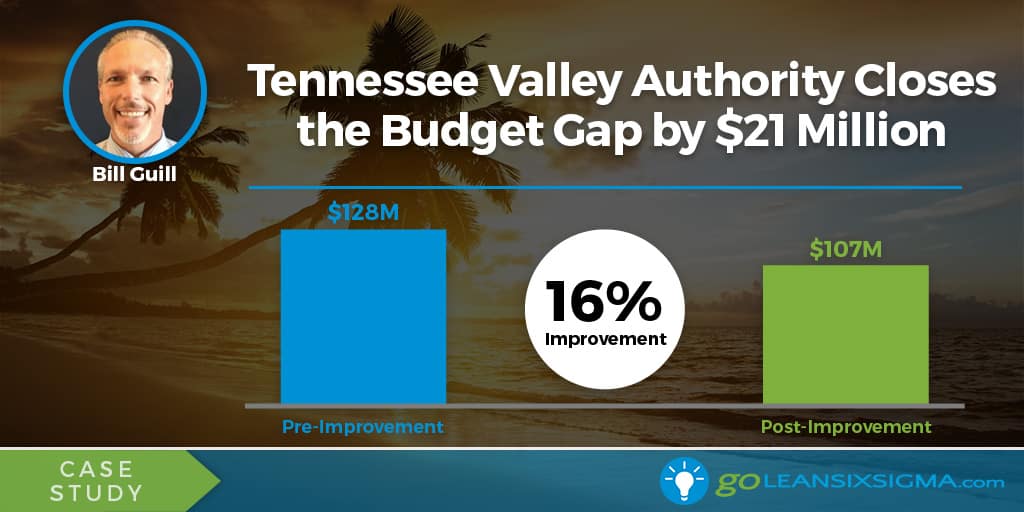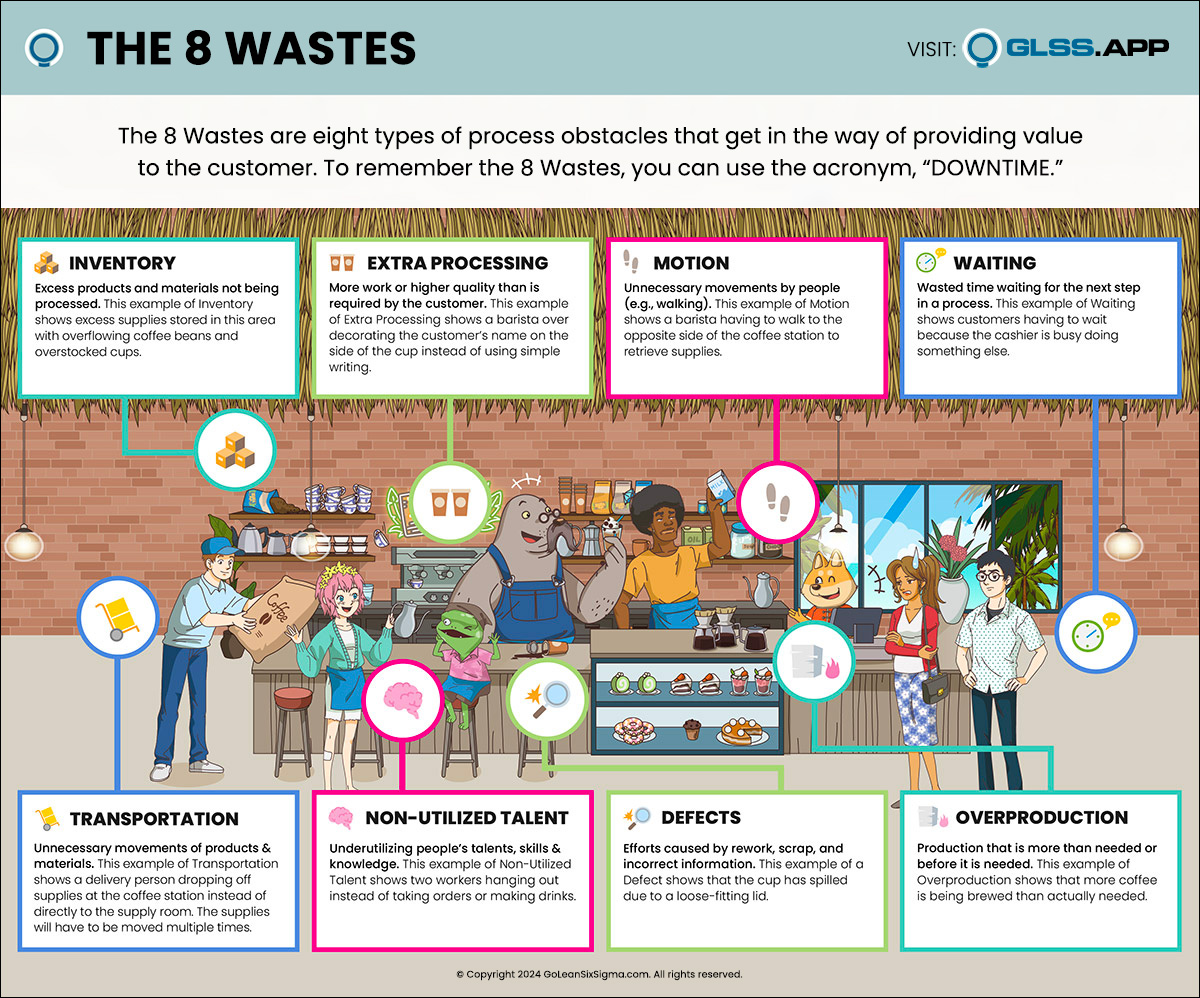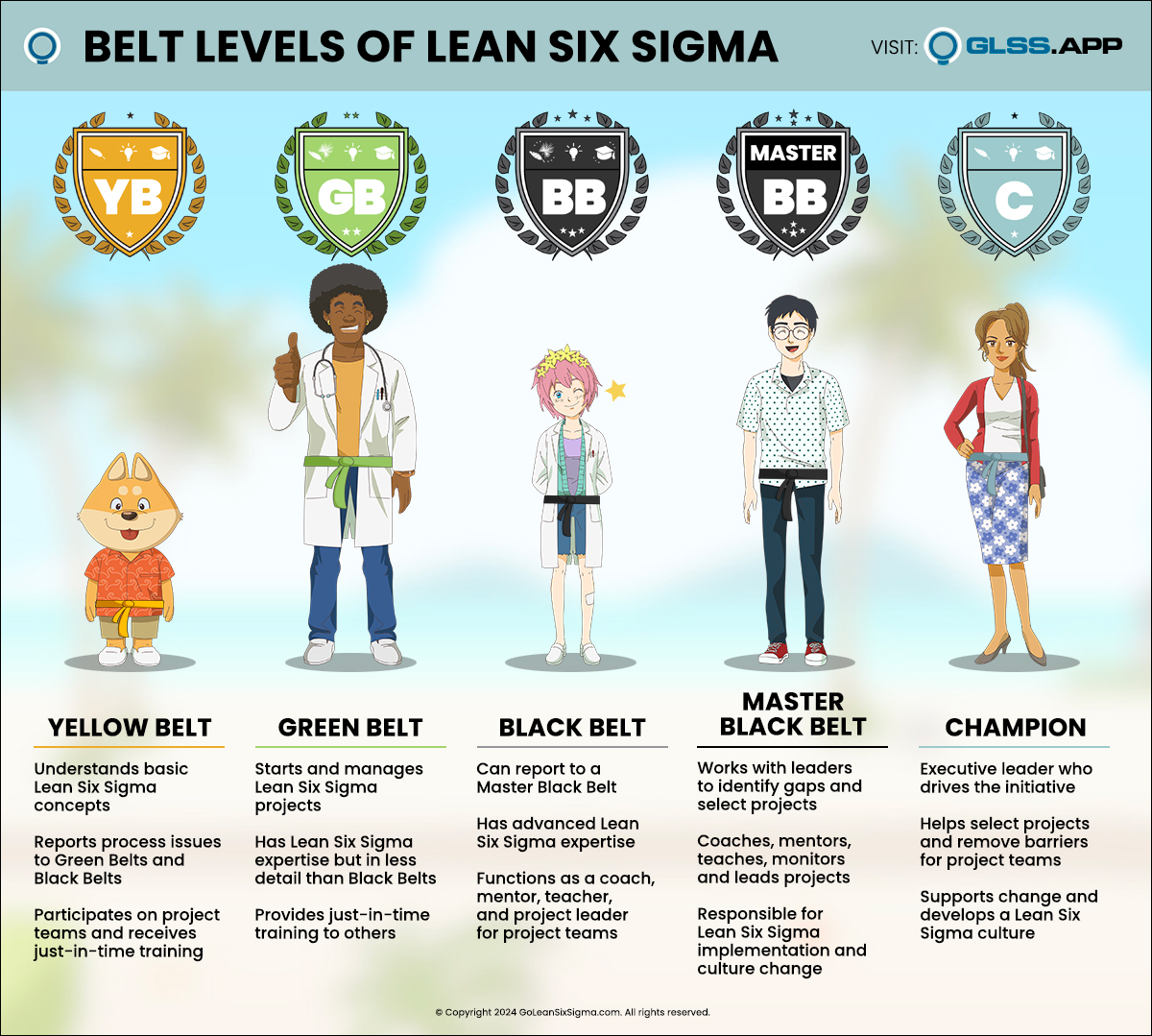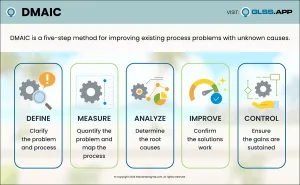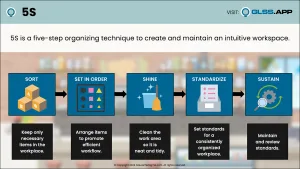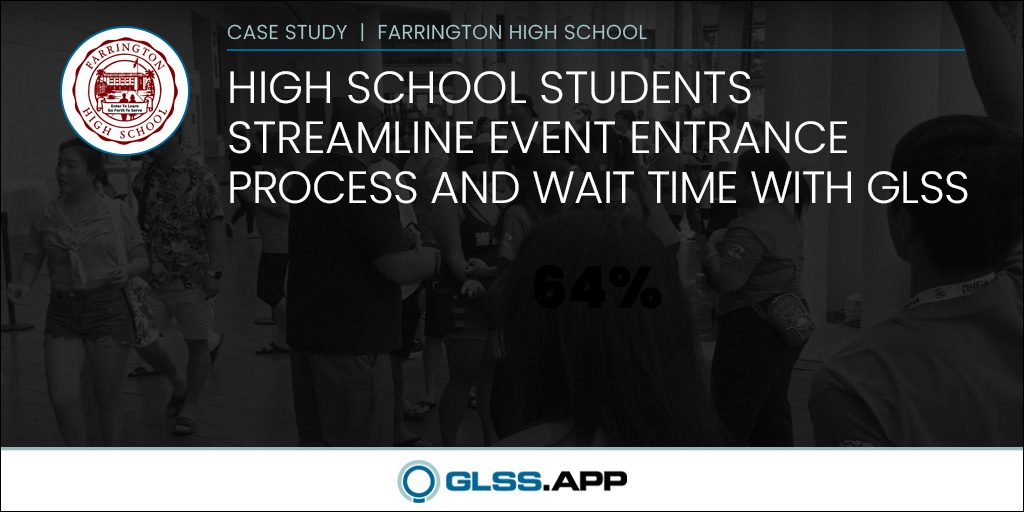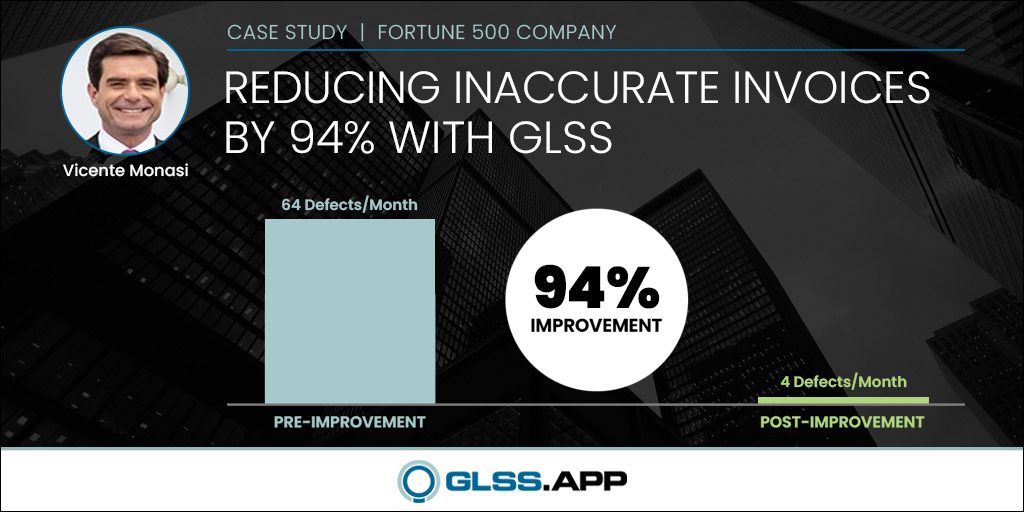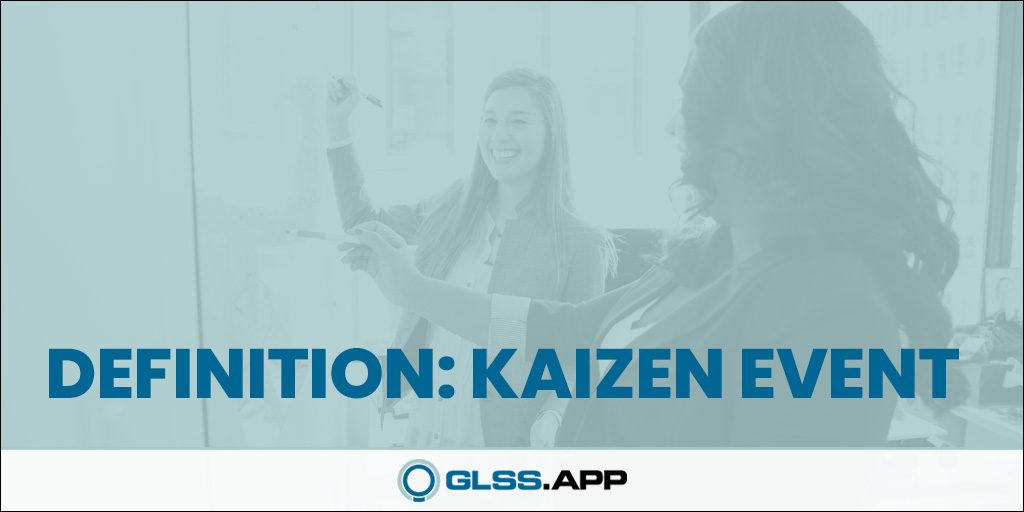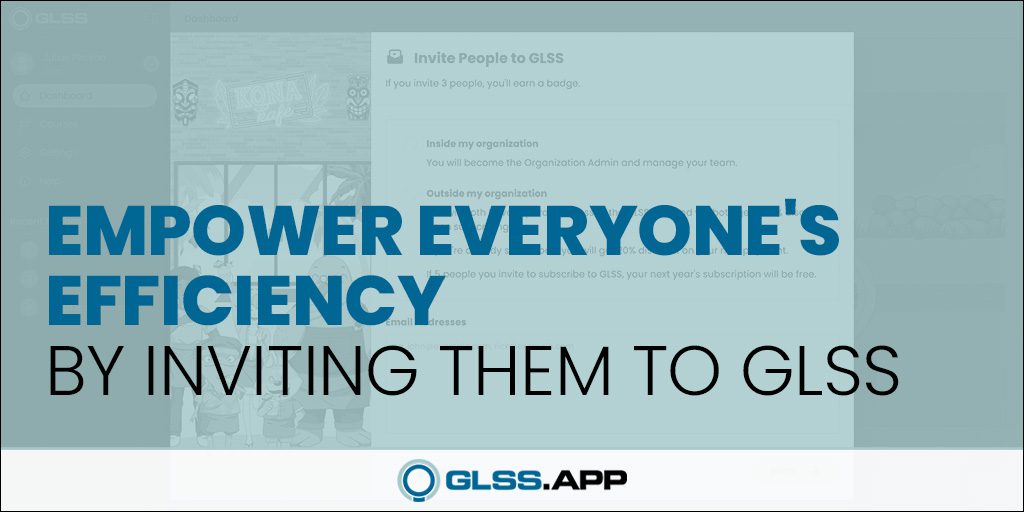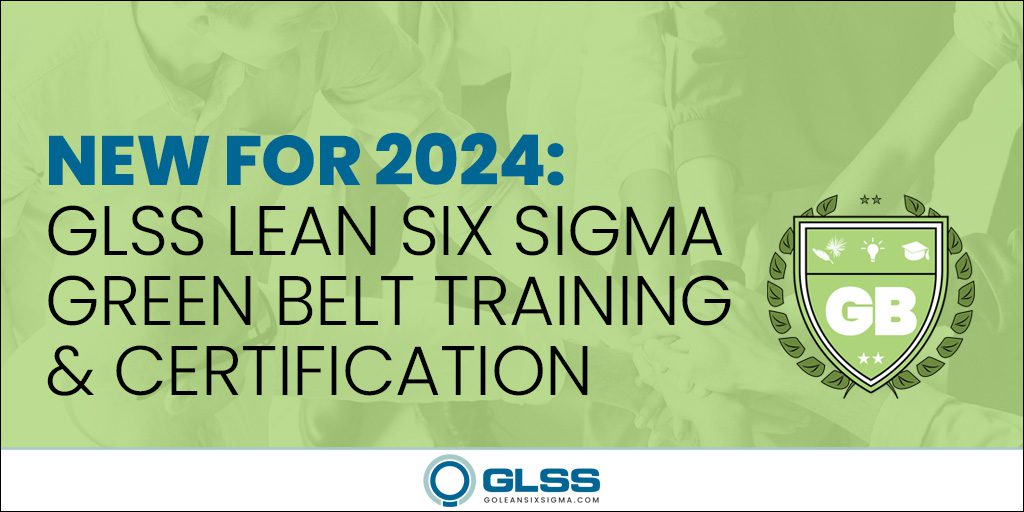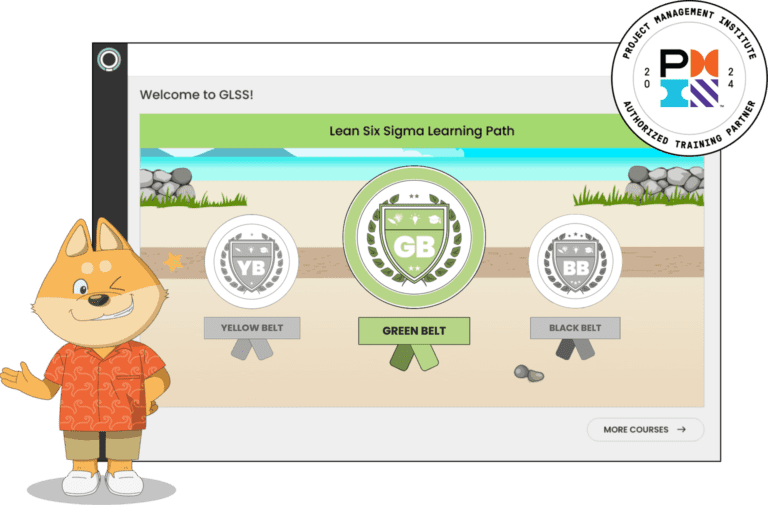Cape Cod Child Development Improves Discharge Process Of Early Intervention Children By 15% With GLSS
Home » Case Study » Cape Cod Child Development Improves Discharge Process Of Early Intervention Children By 15% With GLSS
Lean Six Sigma Process Improvement Results:
Increasing Timely Discharge of Early Intervention Children From 35% to 50%
Cape Cod Child Development is a trailblazer in applying Lean Six Sigma to the nonprofit world. Learn how Linda Stiles is helping to transform the discharging process of early intervention children!
Project Summary
Problem Statement
We are not meeting the Department of Health’s requirement for timely discharge of Early Intervention Children.
Business Case & Benefits:
An increase in the children in Early Intervention being discharged on time will impact our meeting the DPH data entry timeline requirements. Improving this will allow our EI program determined to be “Exceptionl” vs “Meets Requirement” with our overall timelines.
...the state looks at us for compliance in different areas. And in the other areas that we were looked at, we were at 100% compliance. But this was the one area that we were low end, at the 35%. And because of that, they determined that we met the requirements but if we had been at a higher percentage, we would have gotten excellent instead. So it dragged us down.
Define Phase: Identify the Problem
The Define Phase is the first phase of the Lean Six Sigma improvement process. In this phase the project team creates a Project Charter, a high-level map of the process and begins to understand the needs of the customers of the process.
This is a critical phase in which the team outlines the project focus for themselves and the leadership of the organization.
...we looked at the different people involved and what steps they were involved in the process and that’s a very helpful process to go through. I say that that’s one of the key pieces. And as a team, we learned about that obstacles that were getting in the way to completing the discharge form within the 14-day requirement.
Lean Six Sigma Tools Used: SIPOC, As-Is Detailed Map
Measure Phase: Quantify the Problem
How does the process currently perform? Or in other words, what is the magnitude of the problem? Measurement is critical throughout the life of the project. As the team starts collecting data they focus on both the process as well as measuring what customers care about.
That means initially there are two focuses: reducing lead time or improving quality. In the Measure Phase, the team refines the measurement definitions and determines the current performance or the baseline of the process.
So we looked also at baseline data of days to discharge, how many days it was typically taking. And we just looked at one month, the month of August. And we saw there was a lot of variation in August in the process for how many days it took to get the discharge with 50 days being the mean but as long as over 200 days.
Lean Six Sigma Tools Used: SIPOC, As-Is Detailed Map
Analyze Phase: Identify the Cause of the Problem
The Analyze Phase is often not given enough attention and, without analysis, teams jump to solutions before knowing the true root causes of the issues. The result is teams who implement solutions but don’t resolve the problem! These efforts waste time, consume resources, create more variation and, often, cause new problems.
The ideal is for teams to brainstorm potential root causes (not solutions), develop hypotheses as to why problems exist and then work to prove or disprove their hypotheses.
Verification includes both process analysis and data analysis and has to be completed before implementing solutions. This is the crux of the Analyze Phase!
The biggest areas we’ve looked at and analyzed was how we can get the home visitors access to the files so they could get the needed information to complete the discharge form. That seemed to be the biggest obstacle because they are home visitors and they are not in the office on a regular basis and they needed certain information from the file to complete the form.
Lean Six Sigma Tools Used: Fishbone Diagram, Root Cause Hypothesis & 5 Whys
Improve Phase: Implement and Verify the Solution
How will the team mitigate the root causes of the problem? Once the project teams have determined the root causes it’s time to develop solutions.
The Improve Phase is where the team brainstorms solutions, pilots process changes, implements solutions and lastly, collects data to confirm there is measurable improvement.
A structured improvement effort can lead to innovative and elegant solutions that improve the baseline measure and, ultimately, the customer experience.
And then we figured out a way for the home visitors to get the information they needed from the file which was through making a photocopy that they could keep within their own file so they would always have access to it for the discharge form.
Lean Six Sigma Tools Used: Solution Selection Matrix, Run Charts
So the benefits to our agency is that we have improved meeting the DPH, Department of Public Health, requirement for the timely discharge of early intervention children. So we’re freeing up space in the files and DPH I’m sure is going to be pleased when they see that our percentage has increased in getting those discharge forms in a timely way. - Linda Stiles
Control Phase: Maintain the Solution
Now that the process problem is fixed and improvements are in place, the team must ensure that the process maintains the gains.
In the Control Phase the team is focused on creating a Monitoring Plan to continue measuring the success of the updated process and developing a Response Plan in case there is a dip in performance.
Once in place, the team hands these plans off to the Process Owner for ongoing maintenance.
Benefits & Lesson Learned
Benefits:
- The agency improved meeting the Department of Public Health’s requirement for timely discharge of Early Intervention Children.
- Staff are more aware of their role in discharging EI children
- Regional Directors are providing more consistent supervision to ensure that timely discharge of EI children occurs.
- Office Manager is able to enter the discharge form into the EIIS on time.
Lessons Learned:
- Identifying the key responsible staff should be a top priority
- Brining the stakeholders together to discuss the issue helps identify the current process
- Scheduling regular meetings with staff can be challenging
- Sustaining the improvements made requires ongoing monitoring
- Making improvements in a process calls for a specific plan
- In order for staff to “buy into” the new process, they need be involved
And the Office Manager is able to enter the discharge form into the system on time which makes her very happy because she is tracking and reminding and reminding and reminding people and have not really getting anywhere. And so she is frustrated because she – that’s part of her job and she couldn’t get it done. So now, she is feeling better because there’s more success there and less of the lay work of having to chase people down for it.
Lean Six Sigma Tools Used: Monitoring & Response Plan
View Slides
Success Story Transcript
GLSS: Hello and welcome to our Success Story Series hosted by GoLeanSixSigma.com.
We are very excited to have this offering for our audience because this is where the rubber meets the road. This is when we highlight someone who has completed a real project and implemented into their organization. And we get to share these stories with you.
Today, we are going to highlight a project success story comes from the nonprofit organization, Cape Cod Child Development. And their mission is to provide world-class child and family-focused programs that nurture each child’s full potential. Their vision is taking care of Cape Cod’s children and their families.
About Our Presenter
Our presenter today is Linda Stiles. She is the Director of Early Intervention here at the Cape Cod Child Development. And prior to this position, Linda had a variety of positions mainly in New York State as a speech language pathologist, special needs coordinator for Head Start. And Head Start is a preschool program, a national preschool program, quality assurance facilitator for early intervention and the early intervention official and preschool special needs coordinator for a small county in New York State.
Linda has been working with children with special needs for over 20 years, which is incredible. Linda is interested in the creative arts and studied photography with an emphasis on black and white for a long time now. And she is also the grandmother of two and she enjoys spending time with Theo who is 3 and Violet who is 7. That sounds so sweet.
Thank for you joining us today, Linda. And thank you for sharing your success story with us. Why don’t you tell us about your project?
Define Phase - Project Charter
Linda Stiles: Sure. So my project was looking at how to increase the percentage of early intervention children that were being discharged from 35% to 50% within the required DPH, Department of Public Health, timeline. So we started the process with a process walk and meetings with the stakeholders, regional directors, and home visitors.
So my project was looking at how to increase the percentage of early intervention children that were being discharged from 35% to 50% within the required DPH, Department of Public Health, timeline.
And the takeaway from that was that we had excellent buy-in from the staff and decided that the project was worth doing.
GLSS: So in terms of you guys being 35% and you want to raise it to 50%, and what was the result of having it at 35% in terms of the state?
Linda Stiles: Well, the state looks at us for compliance in different areas. And in the other areas that we were looked at, we were at 100% compliance. But this was the one area that we were low end, at 35%. And because of that, they determined that we met the requirements but if we had been at a higher percentage, we would have gotten excellent instead. So it dragged us down.
GLSS: And if all of these cases are left as designated open, what does it mean for all the files about these children?
Linda Stiles: The files stay open and they take up the space in the cabinets as if they’re active children. So we need to close them in a timely way so they can be moved into storage to make space for the active children.
GLSS: Yeah, I know space is a huge commodity here at Cape Cod Child Development.
Linda Stiles: Yeah, everywhere I’ve worked just files. Storage of files is a big problem.
GLSS: And then just to reflect, we are here at Cape Cod Child Development today and I think you might, our listeners might be able to hear faintly in the background a little bit of bedtime music. I think it’s nap time for the children, isn’t it?
Linda Stiles: It could be, yeah.
GLSS: Yeah, it could be on-site daycare center here, which is great. Well, thank you for that description of the project. Let’s go into what you discover.
Define Phase - “As-Is” Detailed Map Segment
Linda Stiles: So we looked at the different people involved and what steps they were involved in the process and that’s a very helpful process to go through. I say that that’s one of the key pieces. And as a team, we learned about that obstacles that were getting in the way to completing the discharge form within the 14-day requirement.
Measure Phase - Baseline – Project Y - % On Time
And then we moved on to the measure phase, which was where we had collected the baseline data or looked at the baseline data which we determined was the 35% which was the number given to us by the Department of Public Health. So that was where we were starting.
And then we moved on to the measure phase, which was where we had collected the baseline data or looked at the baseline data which we determined was the 35% which was the number given to us by the Department of Public Health.
Measure Phase - Baseline of Days to Discharge
So we also looked at the baseline of days to discharge. We’re supposed to submit the form into the Early Information System within 14 days of the last date of service. And so we wanted to see how long it was actually taking before those discharge forms were being entered.
So we looked also at baseline data of days to discharge, how many days it was typically taking. And we just looked at one month, the month of August. And we saw there was a lot of variation in August in the process for how many days it took to get the discharge with 50 days being the mean but as long as over 200 days.
GLSS: That’s pretty shocking.
Linda Stiles: Yeah. It was all over the place. There was no pattern and no rhyme or reason.
GLSS: And how interesting too. You started off with this discrete measure, how many were on time and how many were late and you had 35% I think were on time, right?
Linda Stiles: Right.
GLSS: Yeah, which is incredibly low. But this gives that much more texture to see actually, well, how late was it? Which really mattered because like you said, the medium was 50 so almost two months instead of 15 days or 14 days.
Measure Phase - Fishbone Diagram
Linda Stiles: And so then in this – the fishbone diagram looks at the different systems process forms and things required that are impacting this discharge form. The biggest areas we’ve looked at and analyzed was how we can get the home visitors access to the files so they could get the needed information to complete the discharge form. That seemed to be the biggest obstacle because they are home visitors and they are not in the office on a regular basis and they needed certain information from the file to complete the form. So we had to really closely at that.
The biggest areas we’ve looked at and analyzed was how we can get the home visitors access to the files so they could get the needed information to complete the discharge form. That seemed to be the biggest obstacle because they are home visitors and they are not in the office on a regular basis and they needed certain information from the file to complete the form.
Measure Phase - Root Cause Hypotheses & 5 Whys
Again, we looked at the access to the file, the time to complete, and analyze, and the time that it took to come to the office and also making it a priority. Once it was late, I think staff just let it go because it’s already late. It doesn’t matter. There’s no rush because if it’s not done within the 14-day timeline then we don’t really have any incentives to get it done at this point. So I think that’s why we saw that variation …
GLSS: Goes so high is that if it’s late, it’s late, two months, 200 days, who cares?
Linda Stiles: Because at that point, we just leave. It doesn’t matter. So again, this was just further looking at that need for accessing the file to complete the work and being on the road made that difficult.
GLSS: It’s not a priority.
Measure Phase - Selected Solutions
Linda Stiles: So this is where the home visitors needed to be consistently reminded of their responsibility and meeting this timeline so we had to look at potential solutions and ways to help them get this done. So we looked at who was responsible to track it which was the Office Manager basically keeping a spreadsheet. And then we needed to look at the policy and whether it was fell down in the policy and procedure that this needed to be done within 14 days. So we did have to add that information into the policy.
And we had to make sure that it was going to be entered into the system within 14 days of the last service. So who was doing that? Which again, was the Office Manager and it wasn’t – she was not slowing down the process. It was just not coming to her so she couldn’t get it in. And then we figured out a way for the home visitors to get the information they needed from the file which was through making a photocopy that they could keep within their own file so they would always have access to it for the discharge form.
And then we figured out a way for the home visitors to get the information they needed from the file which was through making a photocopy that they could keep within their own file so they would always have access to it for the discharge form.
GLSS: So no need to come back to the center and find it and potentially mix the deadline.
Linda Stiles: Change their process a little bit just to say, OK, when you’re doing an assessment, photocopy that and keep it so that you need it for later when the child is discharged.
GLSS: OK. And it looks like the policy and procedure right up was tougher than the rest of these.
Linda Stiles: Yes, because – well, I think that the thinking is that the policy doesn’t really have a stronger impact on the change.
GLSS: I see.
Linda Stiles: Because nobody really raised the policies and procedures. So that was not going to – we’ve had to do that more as a formality but that was not going to be the big impact.
GLSS: It really was things like giving them a copy.
Linda Stiles: Yeah.
GLSS: Yeah.
Linda Stiles: Something more …
GLSS: Tangible. Logistics.
Measure Phase - Improved Days to Discharge August Thru November 2017
Linda Stiles: So here, we were looking again on how many days to getting the discharge form entered. Similar to the other one where we looked at just some up through August. Here, we looked at August to November. And so, we saw that over time, the time to discharge was decreasing. So as we were addressing this and talking about it and thinking about it, the process we saw that it was improving because the time was shrinking and we were having more on time discharge forms completed.
Here, we looked at August to November. And so, we saw that over time, the time to discharge was decreasing. So as we were addressing this and talking about it and thinking about it, the process we saw that it was improving because the time was shrinking and we were having more on time discharge forms completed.
Measure Phase - Run Chart Showing Improvement
And in this run chart shows the red line is where we started, that’s the baseline at 35% and the target that we had set initially was 50%, the blue dotted line. And then the green line is where we actually – what we achieved. And so, we were well-over our target. We see some decline in that green line but that we determined was because we had fewer cases, fewer numbers. And so, it was a little skewed that way because of that.
And we also realized that this is a good way to make sure that you sustain the improvement over time because you have to keep an eye on things. You have to have a monitoring plan. And so, we don’t – we have to take a look at that green line and make sure that it doesn’t keep going down and start to trend that way.
GLSS: Did you let some folks in the process know that it was starting to trail off and initially they had gotten it back up to 90% but now, they were down at 70?
Linda Stiles: Yes. So as we had meetings and continue to give feedback to the staff, we let them know that we made all these great improvements but – and I shared this information with them, this slide show to show the line, how it was declining and saying, “We need to make sure that we don’t let this go.”
GLSS: That’s great. Good job using the data to help drive the adaptation to the new process steps.
Control Phase - Lessons Learned
Linda Stiles: And so, for the lessons learned, we identified the key people responsible. That’s the first top priority when you start off.
And then you bring the stakeholders together to brainstorm and discuss the issue and identify what the current process is.
And what we did was schedule regular meetings on the calendar and we discovered that that was a challenge sometimes because of the nature of people’s work life.
GLSS: Working the field.
Linda Stiles: Yup. Getting them to come to the office for a regular meeting could be challenging.
And then the other lesson is that to sustain the improvements, it requires the ongoing monitoring.
And then the other lesson is that to sustain the improvements, it requires the ongoing monitoring.
And making improvements in the process calls for a specific plan. It can’t be a random thing.
And in order for staff to “buy into” the new process, they needed to be involved in it.
GLSS: So they really a part – they were a part of creating these solutions.
Linda Stiles: Yup, all the brainstorming and thinking and it had to make sense to them for them to buy into.
GLSS: Nice.
Control Phase - Project Benefits
Linda Stiles: So the benefits to our agency is that we have improved meeting the DPH, Department of Public Health, requirement for the timely discharge of early intervention children. So we’re freeing up space in the files and DPH I’m sure is going to be pleased when they see that our percentage has increased in getting those discharge forms in a timely way.
GLSS: You moved from meeting requirements to …
Linda Stiles: Exceptional.
GLSS: All right.
Linda Stiles: Actually, that’s the word. It was exceptional.
GLSS: Exceptional, even better.
Linda Stiles: Keeping visitor’s needs or meets requirements, we got meet requirements but we would have gotten exceptional.
GLSS: Yeah, nice.
Linda Stiles: So – and now, the staff are more aware of their particular role and buying in more to getting those discharge forms done on time.
And the Regional Directors are providing more consistency to a provision to ensure that this is happening because ultimately, it’s their staff and they have to provide that supervision to ensure it is happening.
And the Office Manager is able to enter the discharge form into the system on time which makes her very happy because she is tracking and reminding and reminding and reminding people and have not really getting anywhere. And so she is frustrated because she – that’s part of her job and she couldn’t get it done. So now, she is feeling better because there’s more success there and less of the lay work of having to chase people down for it.
GLSS: A little job satisfaction and reduction in things being irritating.
Linda Stiles: Yeah, or difficult.
Questions?
GLSS: So this is a great story and you obviously did a really nice job. I love your mix of having both the percentage late but really getting that critical time data which was good.
What was your favorite part about doing this project?
Linda Stiles: I am a people person so I like getting together with staff and meeting and talking and brainstorming and that part of it was the most fun.
GLSS: And what’s next for you in process improvement? Do you have another idea for a challenge or a project?
Linda Stiles: We’re looking at possibly the cancellations that we get in early intervention. Families cancel for a variety of reasons. And when they cancel and we don’t have a service, we don’t – we aren’t able to bill for that and therefore our revenues can go down.
So, we’re looking at trying to analyze the cancellations and maybe how to reduce the number of cancellations over time. So that will be a big one.
GLSS: And just describe just for our listeners a little bit about early intervention. What kinds of things go on there?
Linda Stiles: Early intervention is services typically provided in the home for children from birth to 3 years old and they can receive occupational therapy, speech therapy, physical therapy, or just developmental specialist that will come in to the home and help teach the parent what they can do to help the child’s development and maximize their development.
They have to be eligible. They have to have a certain percentage of a delay or a diagnosed condition like Down syndrome or autism and a variety of other things to qualify. And it’s a program that’s from birth to three and then they transition out of that to the Preschool Special Ed Program if they still need help and support.
GLSS: Good. Thanks for that. Thanks for that. That’s helpful for me to know. And then just on a personal perspective, how has the completion of this project impacted how you look at things?
Linda Stiles: Well, it provides a better framework I think for thinking about how to start and then carry something through a process because I think that we all know that there might be something we want to change and improve but we don’t know how to get there and where to start and how to keep it going and what the final end result will be. So this is a process that really kind of helps frame that with all the different pieces and tools that it has to offer.
GLSS: Well, nice job using the tools on this one, Linda. This was great.
Linda Stiles: Thanks.
GLSS: Thank you, Linda, for joining us today and for sharing your success story with us
Linda Stiles: You’re welcome. My pleasure.

